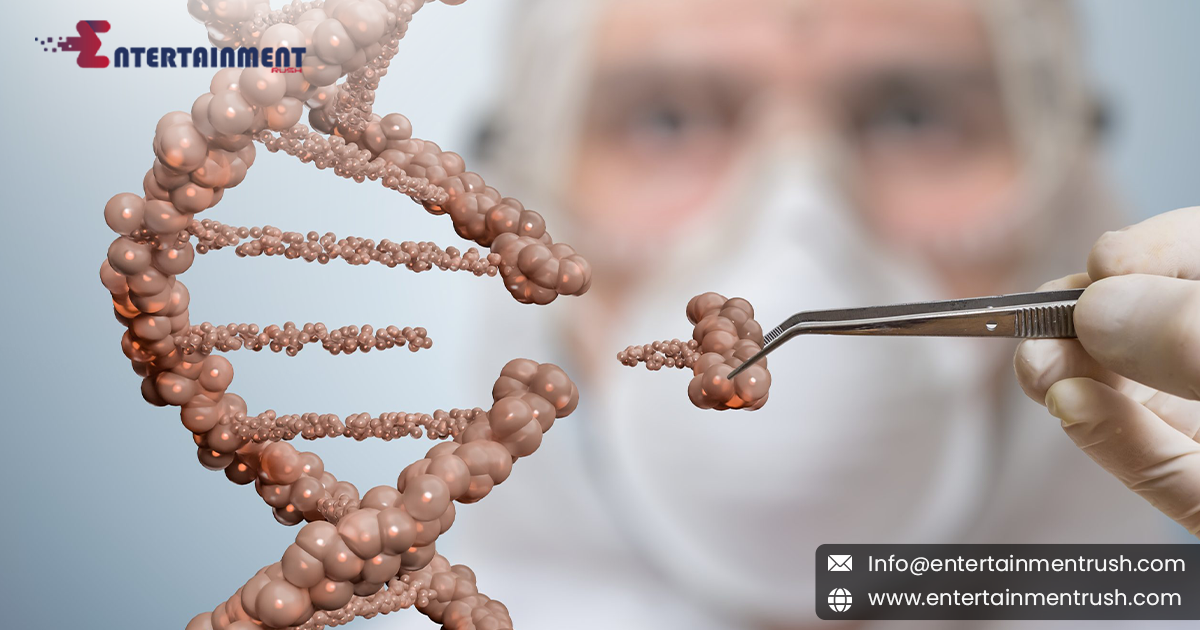At the core of cellular health lies the intricate machinery of DNA repair pathways. These pathways, including base excision repair (BER), nucleotide excision repair (NER), mismatch repair (MMR), homologous recombination (HR), and non-homologous end joining (NHEJ), serve as guardians of our genetic material. Each pathway is finely tuned to address specific types of DNA damage, ensuring the preservation of genomic integrity.
Nucleotide Excision Repair (NER): Guardian Against UV Damage
NER stands as a frontline defense against bulky lesions induced by UV radiation and environmental carcinogens. This pathway’s malfunction is implicated in xeroderma pigmentosum (XP), a rare genetic disorder characterized by extreme photosensitivity and a heightened susceptibility to skin cancer.
Mismatch Repair (MMR): Ensuring Replication Fidelity
During DNA replication, errors can arise, jeopardizing genomic stability. MMR acts as a vigilant overseer, identifying and rectifying mismatched base pairs. Mutations in MMR genes can lead to Lynch syndrome, a hereditary condition predisposing individuals to various cancers, notably colorectal cancer.
Homologous Recombination (HR): Stitching Broken Strands Together
Double-strand breaks (DSBs) in DNA pose a significant threat to cellular integrity. HR steps in to mend these breaks, utilizing a template from a sister chromatid. Loss of HR function can result in genomic instability and heightened cancer susceptibility.
Non-Homologous End Joining (NHEJ): Repairing Broken DNA Ends
Operating predominantly during the G1 phase of the cell cycle, NHEJ is the primary pathway for repairing DSBs. Dysregulation of NHEJ has been implicated in the pathogenesis of various lymphomas and leukemias, underscoring its critical role in preserving genome integrity.
Consequences of Repair Defects: A Tumultuous Terrain
While DNA repair mechanisms are highly efficient, they are not impervious to disruption. Genetic mutations or environmental assaults can compromise these pathways, leading to the accumulation of DNA damage and an increased risk of disease. Hereditary mutations in DNA repair genes, such as BRCA1 and BRCA2, elevate the risk of developing breast, ovarian, and other cancers.
Environmental Assaults: Overwhelming the Repair Machinery
Exposure to environmental carcinogens, such as tobacco smoke and ultraviolet radiation, can overwhelm the body’s DNA repair capacity, paving the way for mutation accumulation and carcinogenesis. Understanding the molecular underpinnings of DNA repair defects is paramount for devising targeted interventions to mitigate their detrimental impact.
Illuminating the Path Forward
In essence, DNA repair stands as a cornerstone of cellular health, ensuring the fidelity of our genetic blueprint. However, when these repair mechanisms falter, the consequences can be dire, fueling the development of cancer and other genetic maladies. By unraveling the molecular intricacies of DNA repair pathways, we can pave the way for precision interventions that safeguard human health and well-being.




Leave feedback about this